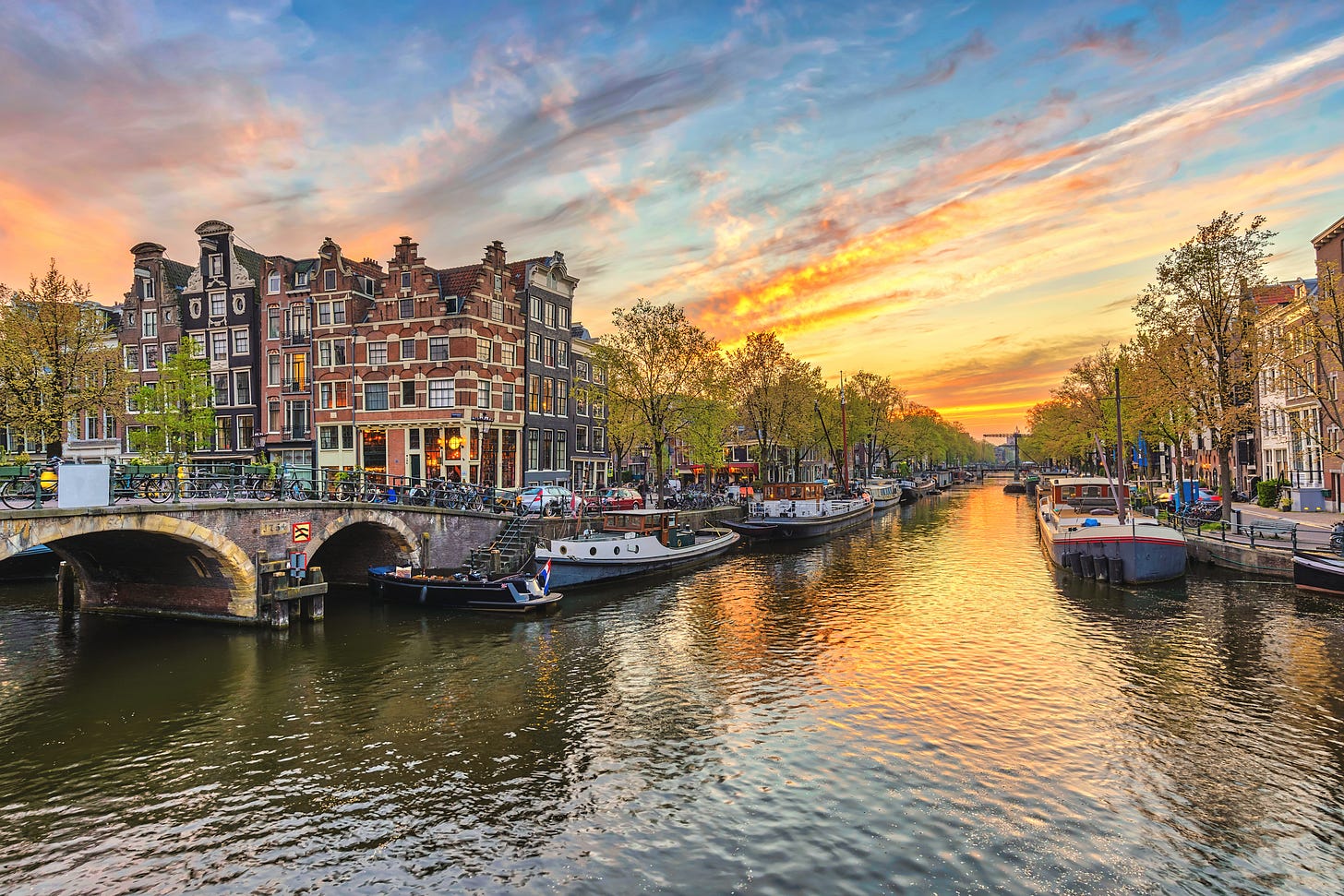Netherlands: Friction at the Frontline of Europe
The High-Trust Delta Model Meets Housing Shortfalls, Populist Noise, and Climate Exposure
Status: Living File (v1.0) – September 9, 2025
Risk Tier: Tier I – Stable, Frictional, Closely Monitored
Use Case: EU Anchor, Corporate HQ Hub, Schengen Mobility Node
A Narrative Interlude on the Netherlands
The Netherlands has long been Europe’s model child: rule-bound, engineered against disaster, a trading hub that turned marshland into prosperity.
It remains one of the highest-functioning jurisdictions on earth—globally trusted, legally predictable, operationally seamless. Rotterdam, Schiphol, ING, ASML—the connective tissue of the EU lives here.
And yet the Dutch model is fraying at the edges: a housing shortage approaching 400,000 units; grid congestion choking new development; nitrogen restrictions pitting farmers, builders, and climate advocates against each other; and a populist wave led by Geert Wilders’ PVV that turns migration and “sovereignty” into political accelerants.
Ireland comparison: Like Ireland, the Netherlands is still Tier I—but Tier I with friction. Ireland’s friction lies in bureaucracy (planning, housing capacity, corporate tax politics). The Netherlands’ friction is more physical and political (grid/nitrogen constraints, flood exposure, coalition churn). Both work. Neither is turnkey.
Bottom line: The state still works. The trains still run. Rights hold. But integration costs are higher, politics are noisier, and external shocks—from cyberattacks to Rhine flooding—tend to land here first.


